54 Rooms in a House: Design Inspiration for Every Corner of Your Home
Your home is a sanctuary that reflects your personality and caters to your needs. It's a collection of rooms serving a unique purpose and contributing to your living environment's overall functionality and comfort.
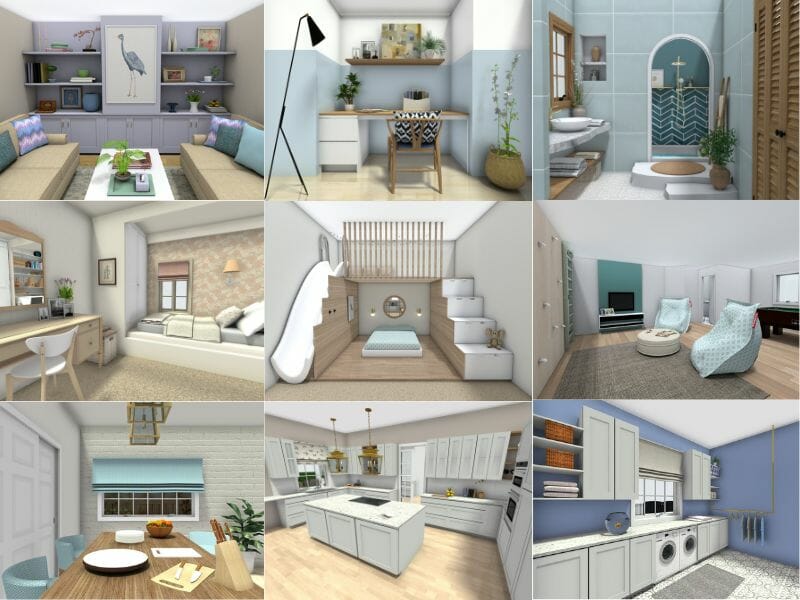
In this article, we embark on a journey to discover the rich tapestry of rooms in a house, going beyond the basics to explore the types of rooms that truly make a home special. From common areas where cherished memories are created to the hidden nooks that offer solace and inspiration, we delve into the world of home design and the endless possibilities each room holds.
So, let's step inside and unlock the potential of these diverse spaces, igniting your imagination and helping you craft a home that is as distinctive as you are.
1. Foyer/Entryway
It’s often said that you only get one chance to make a first impression, and in your home the foyer or entryway provides that opportunity, serving as both an entrance and a greeting space. Choose functional and attractive pieces, such as a bench with storage to sit down to put on shoes, a rug, a mirror, and a small console table to place a bowl for keys and a basket for the mail.
If you have an open floor plan, ensure the style of the foyer blends seamlessly into the remainder of the main floor.
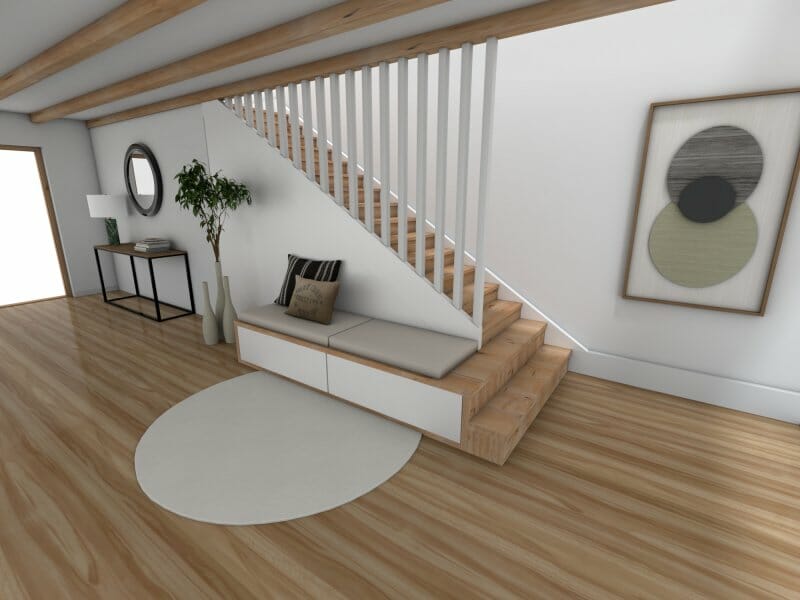
2. Staircase
Staircases are one of the most functional architectural features of your home, but a design that makes the stairs a focal point of your interior design will step up your home’s style and could also make it more functional. Options include cantilevered steps, minimalist railings, glass balustrades, and timber treads.
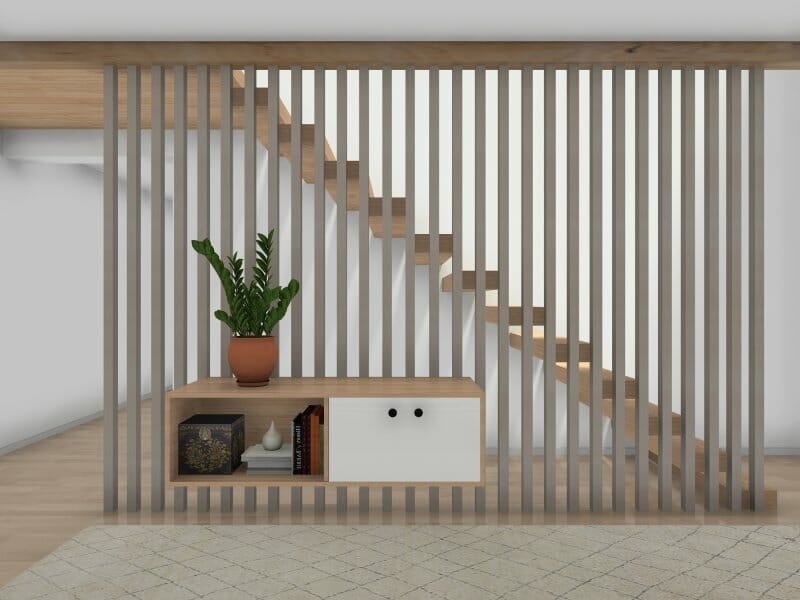
3. Mud Room
Not every home has the space for a dedicated mudroom, but even if you have a spare wall near the back or side entrance, you can create a space to store shoes, coats, and outdoor gear. Begin with a bench that doubles as shoe storage.
Install tall shelving for items that aren’t used regularly, coat hooks – ensuring some are positioned at heights kids can comfortably reach, peg rails for things like backpacks and dog leashes, pull-out baskets, and storage on wheels. Invest in durable and wipeable finishes that can withstand knocks and dirt
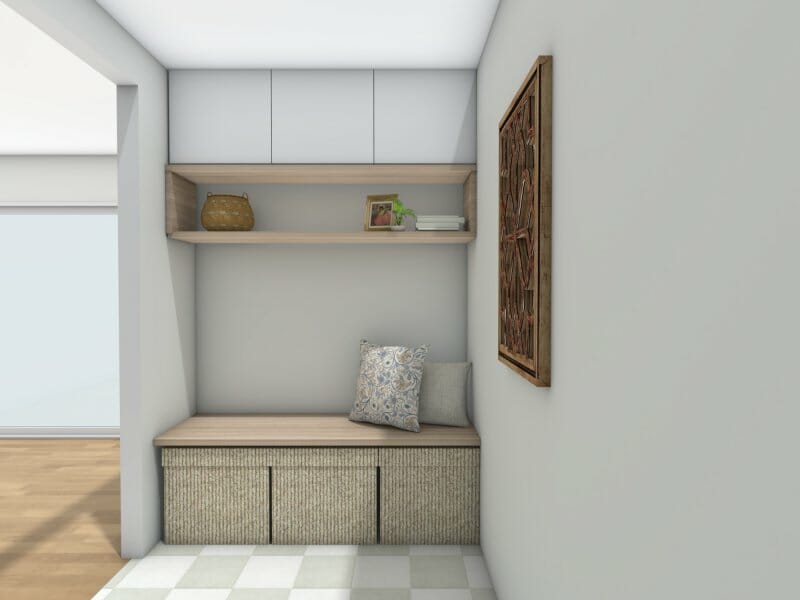
4. Pantry
A well-planned pantry can help keep the rest of the kitchen clutter free by providing a place to store shelf-stable food, tableware, kitchenware, utensils, and small appliances. Depending on the size and layout of your kitchen, a walk-in pantry might be doable.
Other options include creating a pantry in a tall and slim cabinet, a nook or underused alcove, or even a nearby utility room. Invest in baskets and transparent bins, and jars. Don’t forget the labels! Group food and drinks together by type and pay attention to expiration dates.

5. Butler's Pantry
Nestled between the kitchen and dining room, this small room or passthrough features countertops, cabinets, and drawers that can be used for storing tableware, serving pieces, and glassware. Consider installing kitchen appliances like a wine cooler and dishwasher here. This space can be set up as a makeshift bar when entertaining.

6. Kitchen
When planning your kitchen begin with size and layout and decide if you’ll need to tear down walls to accommodate your must-have list. Position appliances within a workable distance of one another and create separate zones for preparation, cooking, and cleaning. Plan for sufficient and ergonomic-friendly storage, counterspace, functional lighting, and possibly an island.

7. Dining Room
Dining rooms have become multi-functional spaces. Will yours be a space for family dinners and formal entertaining as well as a place to work from home, help kids with homework, or host a board games night? Those decisions will help you choose the appropriate layout, furniture, colors, and accessories.
A dining table with extra leaves easily adapts to gatherings large and small, while a console table or buffet offers a surface to serve food and doubles as storage for dishes or even a printer.

8. Living Rooms
For many, this is a space to relax and socialize. How you position your furniture will impact its look, feel, and functionality. Couches and storage units are often pushed against walls, which can make the room feel cramped. Ditto too much furniture, especially if it’s bulky. Dress things up with lighting and accessories.

9. Family Room
As its name suggests, the family room is one of the rooms in a house where the family enjoys one another's company, whether that's watching a movie, playing board games, or simply hanging out.
Choose kid- and pet-friendly furnishings and pay attention to their size and placement, including their position to the TV. Maximize storage to help keep the room clutter-free. Personalize the space with paint, wallpaper or wall treatments, and accessories.

10. Powder Room/Half Bath
This small bathroom features a sink and toilet and is typically on the main floor. Members of the family will use it throughout the day, but it will also be used by guests — plenty of reason to add some pizzazz. Fixtures, mirrors, lighting, paint, wallpaper, backsplash, flooring, and linens can give a small room a big impact.
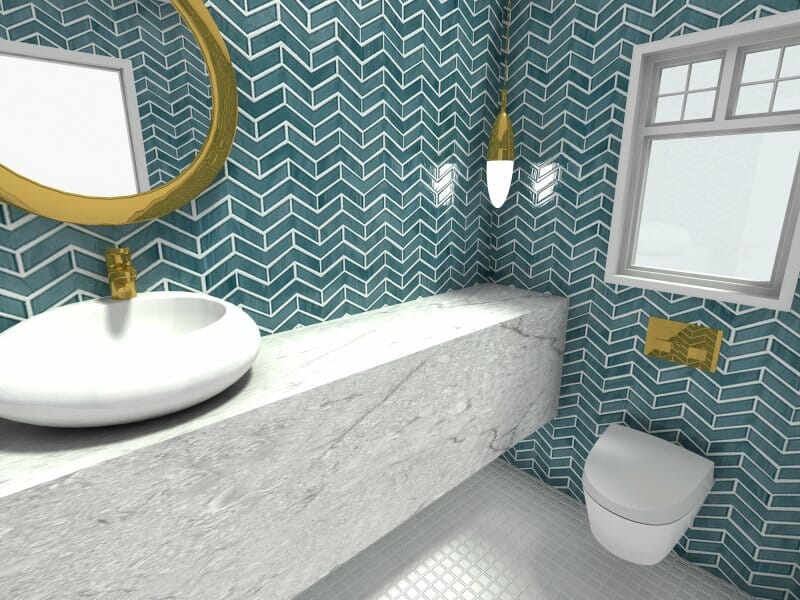
11. Primary Bathroom
Whether it's adjacent to bedrooms or you've created an extra bathroom in the basement to handle the overflow, this room contains a toilet, sink, vanity, possibly a bidet, and a bathtub and shower.
Consider what works and what doesn't in your current space when planning a makeover. Think about size as well as who will use the bathroom and how often. Would a vanity with double sinks be practical? Make sure there's adequate space around each fitting, and pay attention to the swing of doors so you can maneuver comfortably. Focus on the style you want to achieve and choose splash-proof and non-slip surfaces. Don't overlook maintenance and the value of storage and proper lighting.
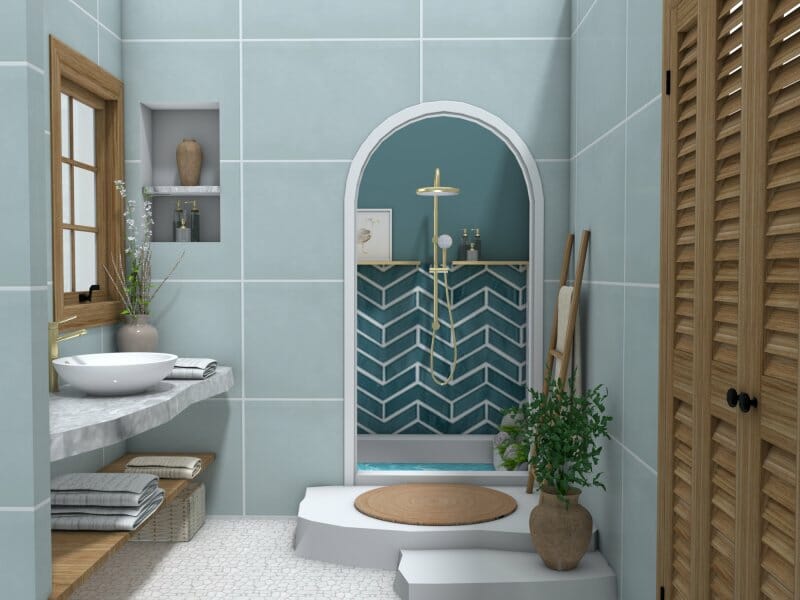
12. Guest Bathroom
Whether you welcome guests regularly or just on occasion, pay attention to little details when updating your guest bathroom. Allow as much natural light as possible, replace a leaky showerhead, splurge on fresh towels, and ensure the space is sparkling clean and free of clutter, with space to hang towels and place belongings. Filling a basket with miniature toiletries, they may have forgotten is a thoughtful touch.
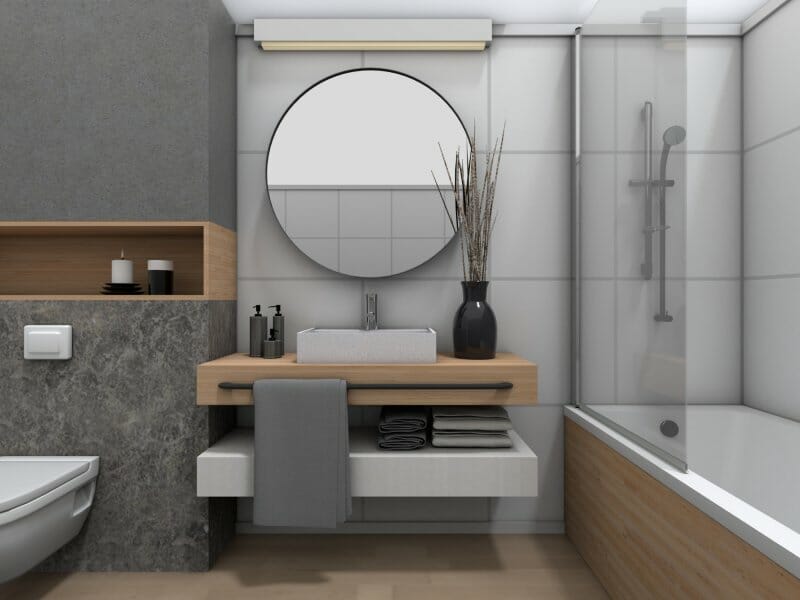
13. En Suite
This room invites you to shower yourselves with luxury by creating a spa-like retreat in your favorite style: contemporary, traditional, or rustic. Options include having a wet room that combines a soaking tub and a double rainfall shower with a bench, double vanities, a sparkling chandelier, luxe surfaces, backsplash, tiles, and linens.
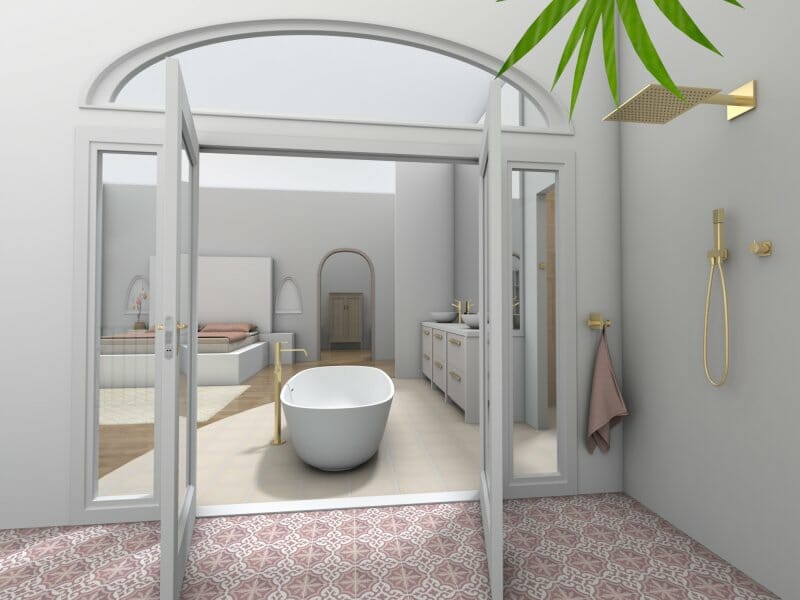
14. Primary Bedroom
When creating a personal sanctuary for sleeping and personal activities, begin with a floor plan that includes the dimensions of the space and the location of windows and doors. Because the bed is the largest piece of furniture in the room, it's typically positioned on the main, longest wall with no obstruction, along with nightstands and lighting. Remember, it doesn't have to be placed in the center of that wall.
If your room offers pristine views, position the bed with a clear line of sight to the window(s). Incorporate a relaxing sitting area if space allows, and add color, pattern, texture, and layers of luxurious linens to achieve the rich or soothing style you dream of. Scroll through design influencer Josh Greene’s Instagram account to learn how to balance colors and harmonize patterns and styles.
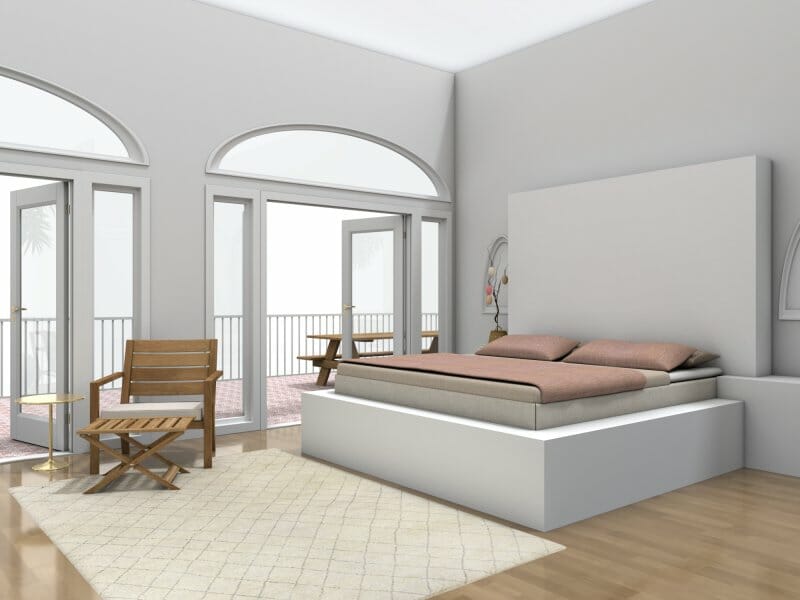
15. Kids' Bedroom
When designing a kid's bedroom, create a playful yet practical space that reflects their personality through paint, wallpaper, and fabrics. Invest in furniture and storage that will grow with them. A loft bed, for instance, provides space for a play area underneath that transforms into a homework or hangout zone when they get older.
Think vertically when it comes to storage and carve out solutions for essentials and treasured collections.
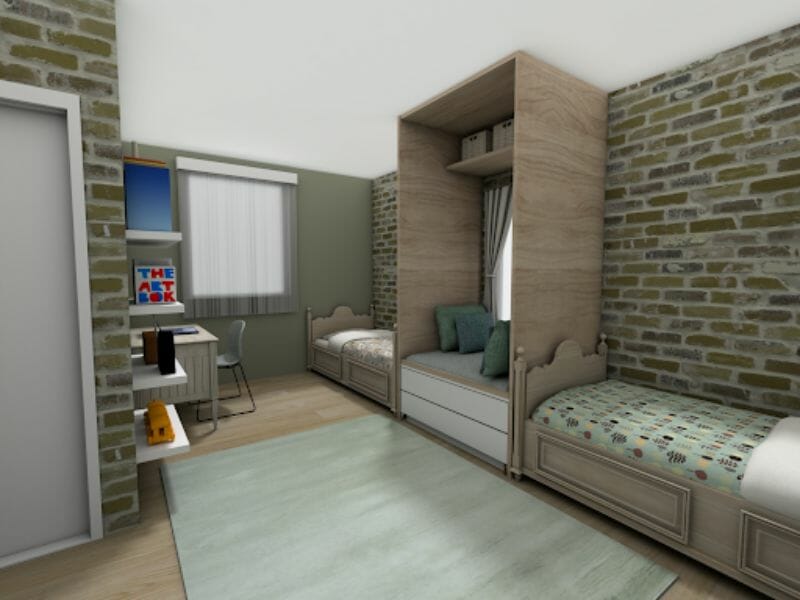
16. Nursery
This room is designed for a baby or young child and should have distinct zones for sleeping, changing, nursing and playing. When determining the layout, decide where to place the crib, changing table, and rocking chair or glider based on the location of windows and potential safety hazards. Babies might not take up a lot of space, but their stuff certainly does, so incorporate as much storage as possible, such as shelves with cubbies.
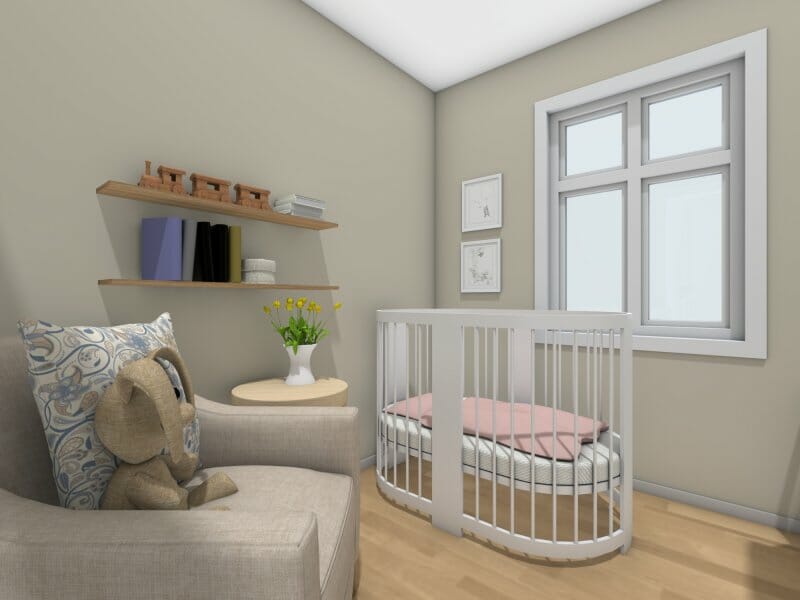
17. Guest Room
The guest room often becomes a home's catchall or serves double duty as an office, gym, or hobby room, but you can still make it practical, inviting, and even luxurious for guests. If the room is compact and you want it to remain multi-functional, consider a daybed, sofa bed, Murphy bed, or even bunk bed. Clear the clutter, invest in comfy linens, and offer storage (a bed with integrated drawers, perhaps?) so guests don't need to live out of a suitcase
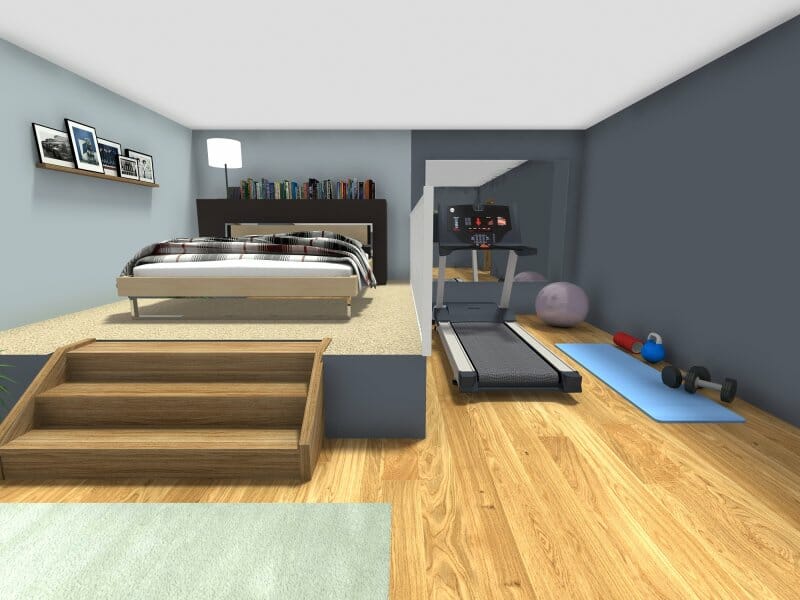
18. Walk-in Closet
A walk-in closet can make storing and locating items easy. Take stock of what you need to accommodate. For example, you'll need full-length hanging space if you have a large collection of dresses. Incorporate built-in organizers and storage boxes or baskets for shoes and smaller items like socks, accessories, and handbags. Pay attention to lighting.
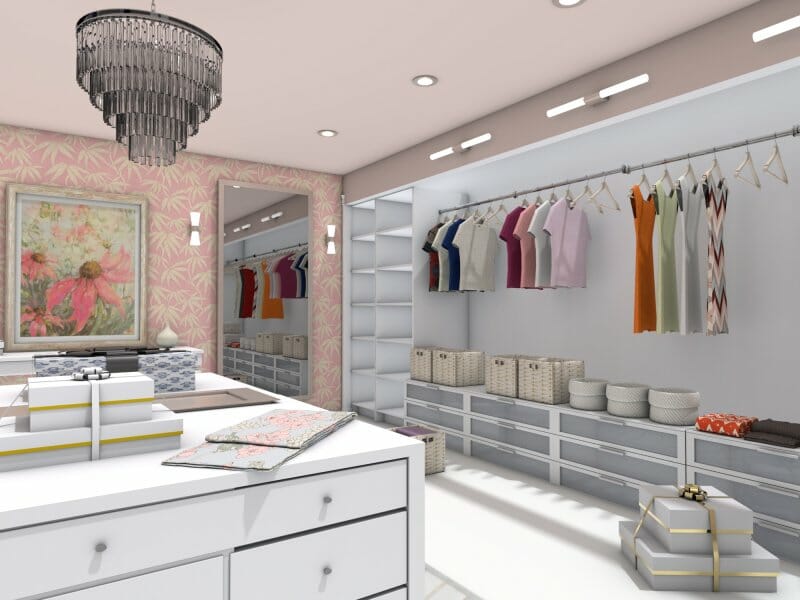
Top RoomSketcher Tip
"Flocked hangers have a soft, velvety surface that helps prevent clothes from slipping off and adds a touch of elegance. Their thin profile makes them space efficient. Many have notches, providing a place to store belts and other accessories."
19. Dressing Room
If you've got a rarely used room, transforming it into a space designed especially for getting dressed and preparing outfits can take some of the pressure of a bedroom closet bursting at the seams.
Depending on your budget, you may invest in custom or DIY closets, cabinetry, shelves, and rails with hooks. Pay attention to lighting and consider adding a dressing table, upholstered chair, and pull-out ironing board.
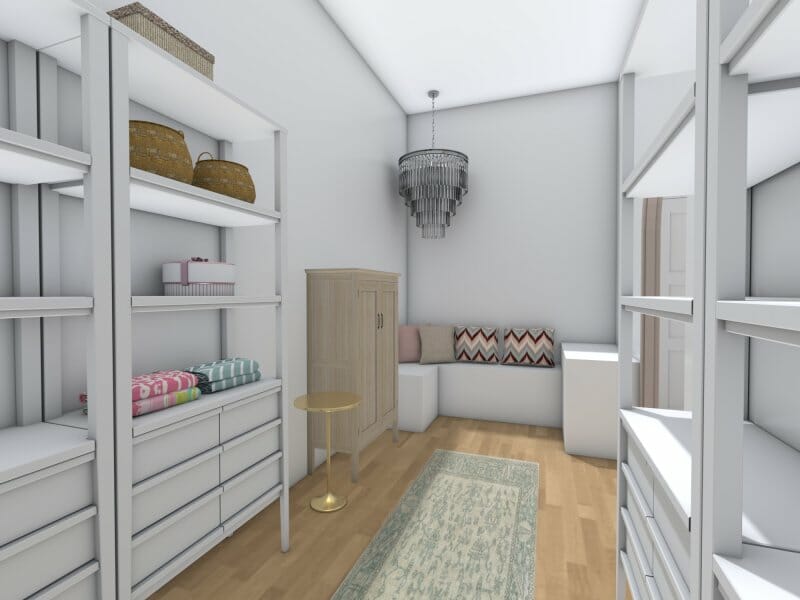
20. Playroom
Organization and creativity are key when designing a room for children's play and activities. After all, you need enough storage to keep arts, crafts, books, and toys organized. The furniture, paint or wallpaper, textiles, and accessories you choose will inspire kids, whether they're playing, studying, hanging out with friends, or winding down. Invest in open storage with clear bins labeled with words or pictures so they can put things back where they belong when it's time to tidy up.

21. Laundry Room
This may be one of the most functional spaces in your home, but it's still worthy of your attention. Strike a balance between open and closed storage. Shelves maximize space and ensure items you use regularly are conveniently within reach. Attractive baskets and bins give shelves a polished look. On the other hand, cabinetry hides utilitarian items and will help keep the space visually calm. The back of the laundry room door can double as storage and is another way to maximize space.
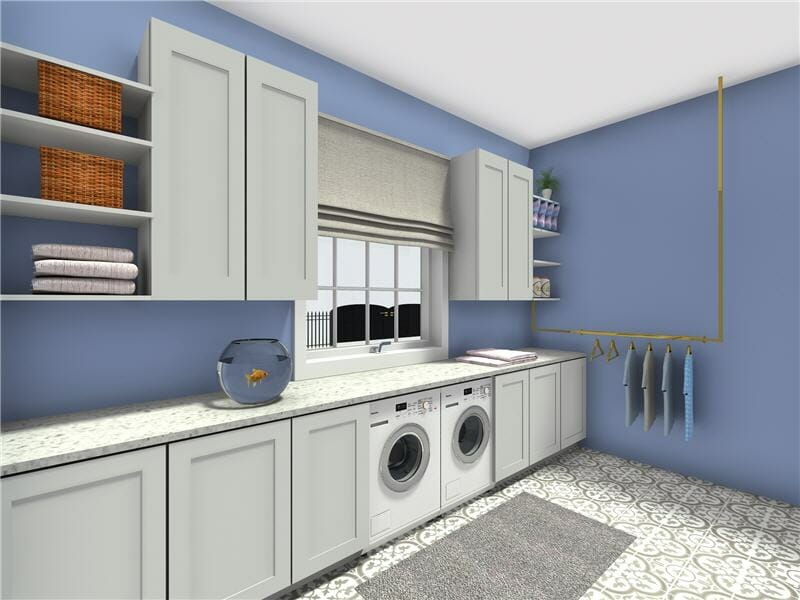
22. Linen Room
Emptying your linen closet will give you a better idea of how much space you have and will give you a chance to discard mismatched sheets and discolored towels. Invest in storage bins and labels. Place the items you use most regularly within easy reach. Everything else can be delegated to the top or bottom shelves.
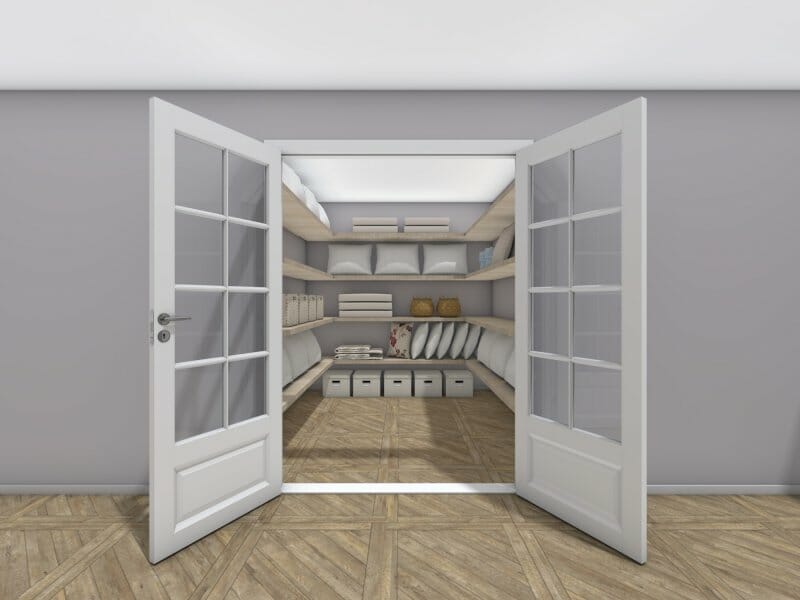
23. Gym/Exercise Room
When creating a dedicated area for physical fitness, make a list of must-have exercise equipment. Is having a treadmill, cross trainer, and weights important, or do you prefer high-intensity workouts and need equipment like a jumping rope and a set of kettlebells?
Consider ceiling height, ventilation, and the ability to create zones. Don't overlook lighting, color, and decor. Incorporating a sound system for music and a TV can help energize and motivate you.
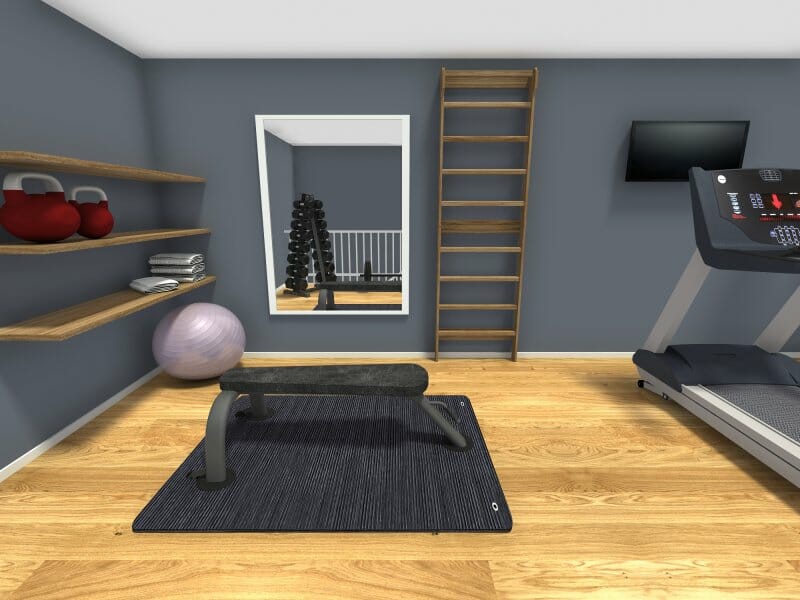
24. Meditation Room
If meditation, mindfulness, or yoga is important to your well-being, create a dedicated room, nook, or corner free of excess stuff and distractions. If possible, choose a space with natural light and add natural elements like rocks and driftwood. Ramp up the cozy factor with plush pillows, candles, blankets, plants, candles, and incense.
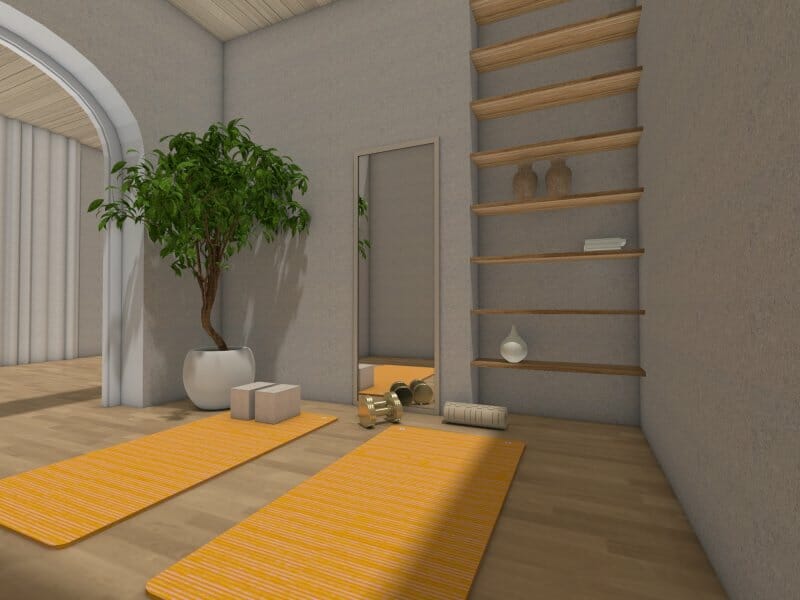
25. Home Theater
A room designed for watching movies and enjoying entertainment may sound extravagant, but creating a movie theater experience at home can be a sound investment if you love the big screen.
Decide if you want screen-facing and terraced recliners with cup holders, determine the direction viewers will face, and what extras you may want (a wet bar for refreshments and microwave to whip up popcorn?), and begin planning your layout, soundproofing, wiring, and lighting.

26. Game Room
Whether you're eyeing an awkward space, a spare room, or even a forgotten basement, a room dedicated to games and recreational activities can be a win-win for your family. It should have plenty of storage, proper lighting, comfortable seating, and a table to play video or board games and assemble puzzles. If space allows, consider adding a mini fridge and microwave. This is one of the rooms in a house where you should have fun.

27. Billiards Room
This room, also known as a pool or snooker room — centers around a billiards, pool, or snooker table. Ensure there's plenty of clearance around the table to accommodate cue strokes from all angles. Bright, overhead lighting is a must. The table is often the focal point of the room, which includes seating, storage, a TV, and perhaps a bar. When making decor choices, draw inspiration from the color of the billiards table fabric and the style of the table.
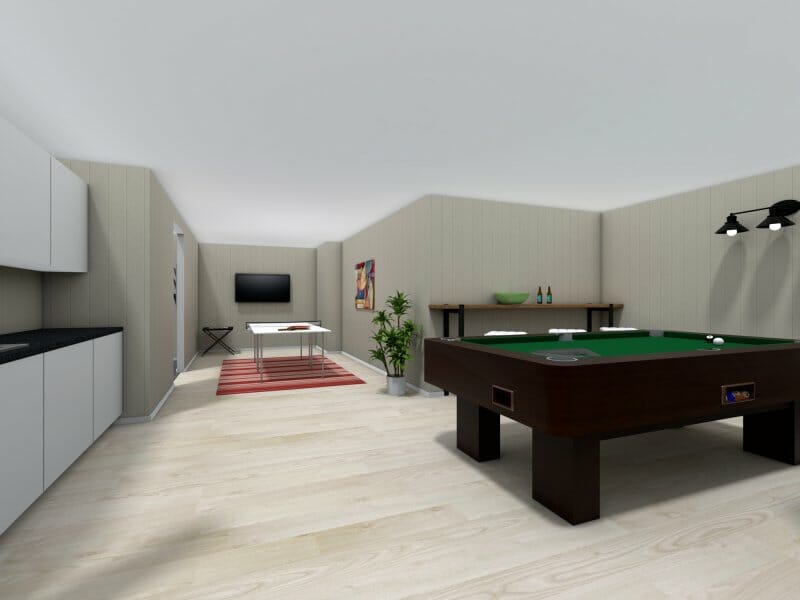
28. Home Spa
A room equipped with spa amenities such as a sauna, hot tub, or massage table will boost your well-being and happiness. Install a sauna in a large bathroom, the basement, or outdoors or take your well-being to the next level with an entire room dedicated to a sauna. Organize and decorate it to feel like a spa, complete with essential oils, an audio system, ambient lighting, and plants. Ensure the electrical, flooring, and insulation meet requirements.
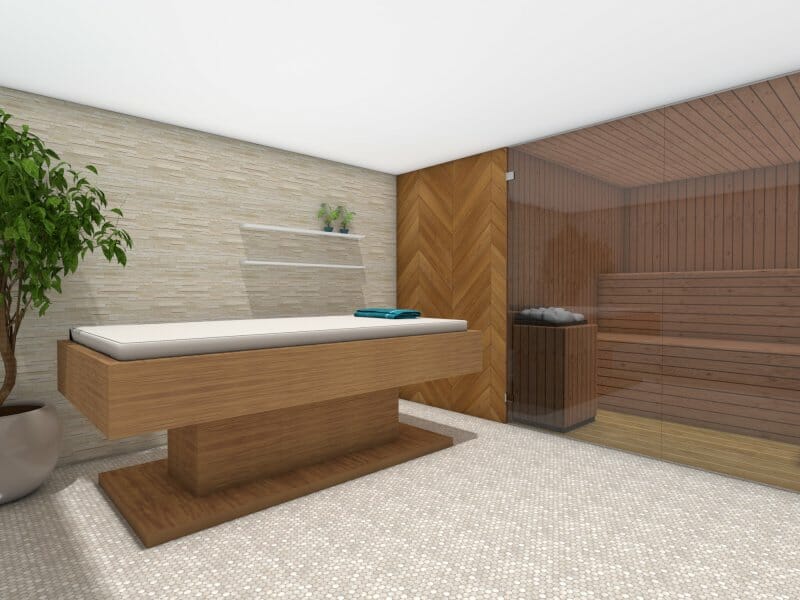
29. Media Room
This multi-functional room is designed for watching movies, playing video games, listening to music, and enjoying leisure time with family and friends. A mixture of comfortable and durable furniture, including scratch and stain-resistant tables, is a must, as is a well-positioned TV and a large storage unit or cabinets where games consoles and accessories can be stored. Ambient lighting will help set the perfect tone.
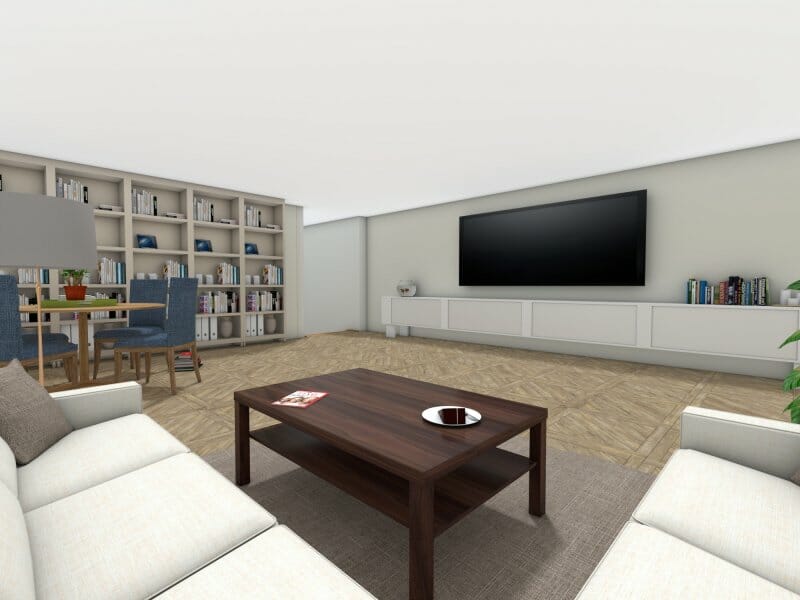
30. Music Room
A dedicated space for playing musical instruments or listening to music is ideal for practicing, teaching, and creating music. Consider the number and size of instruments the room needs to accommodate and how many people may be playing together.
Carve out a space that limits distraction, encourages creativity, and allows your musicians to entertain family and friends if desired. Inspirational decor, proper lighting, and storage will help unleash creativity. Consider soundproofing the room.
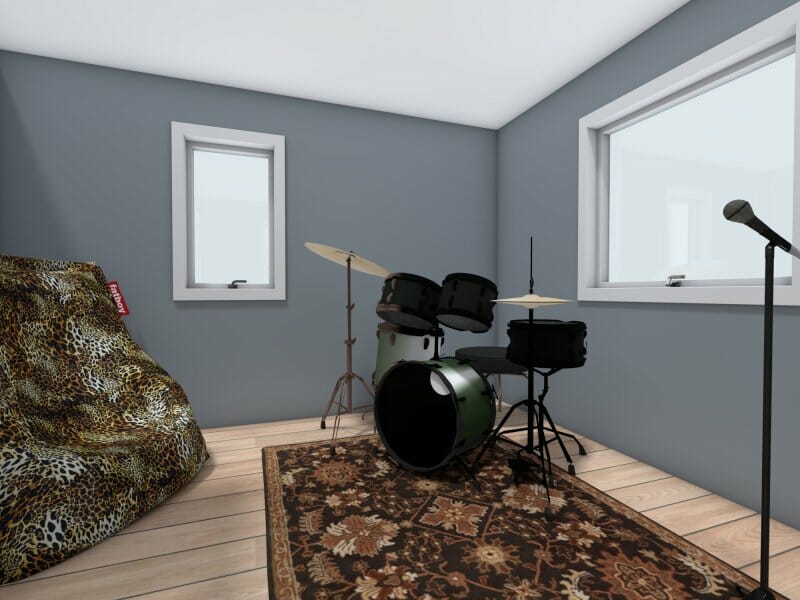
31. Craft Room/Art Studio
A room dedicated to artistic pursuits like painting, sculpting, sewing, or crafting can help creative family members get into their zone. Take inventory of the crafting tools you need and the projects you plan to tackle. Incorporate both natural and task lighting, as well as open and closed storage.
Consider swivel chairs, folding tables, and storage containers on wheels so the room can be reconfigured as needed. Don't forget to hang an inspiration board!
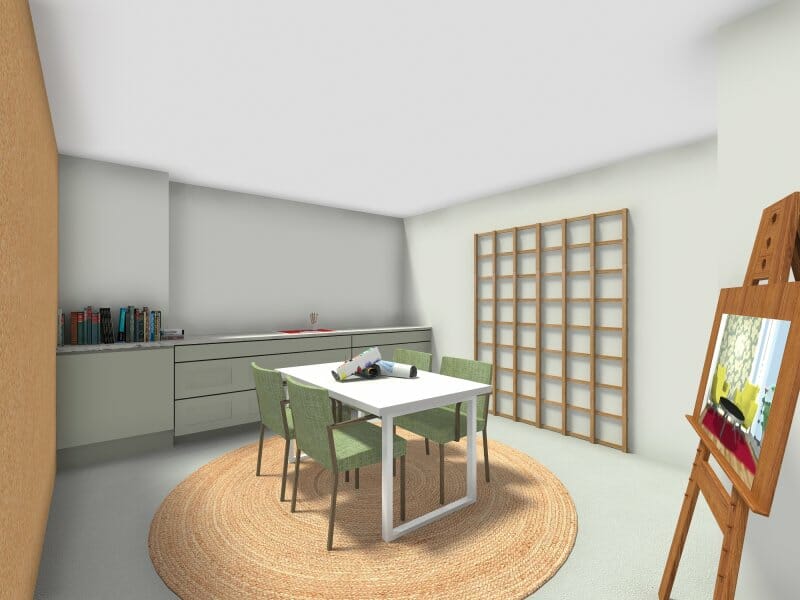
32. Home Office
As more and more people work from home at least part of the time, a room or area dedicated to work or study is increasingly commonplace. Begin by placing your desk or workstation in an area that provides privacy to complete task-oriented work and to hop on a Zoom call without interruption.
Group essentials like the printer, files, and supplies in a centralized area to be easily accessible when needed. If integrating a work area into a room that serves an additional purpose, such as a living room, distinguish the space with an area rug, a partition/screen, and shelving.

33. Library/Study
In a time when many of us are mindful of screen time, escaping to a room where you can curl up and get lost in a book is inviting. Choose a quiet location so you can tune out comings and goings.
Take stock of your book collection and ensure you have enough shelves for your collection to grow and that they're deep enough to accommodate the largest books and objects you love. Incorporate natural, ambient, and task lighting, and furnish the space with comfortable seating. Personalize the space with paint or wallpaper, luxurious fabrics, artwork, and an area rug.
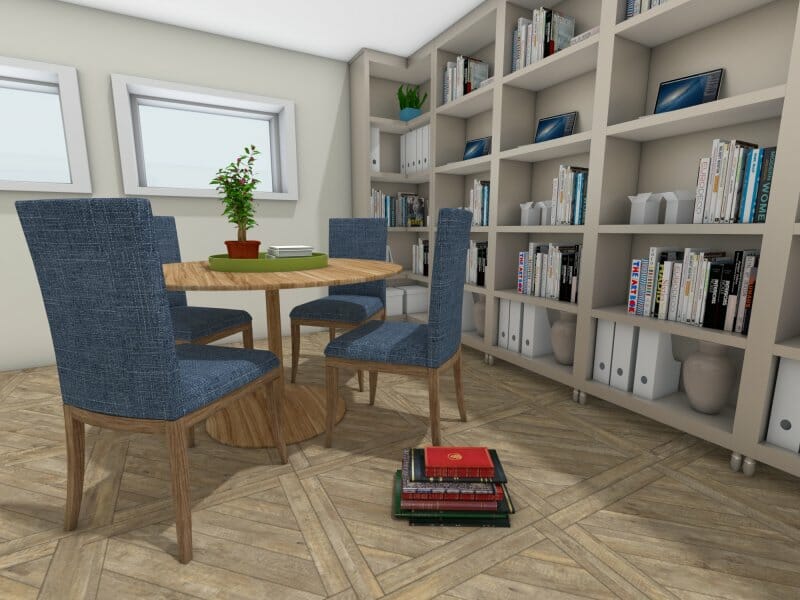
34. Study Nook
Your home may not have a room you can dedicate to quiet reading, writing, or studying, but a small alcove, a corner in a large room, or space on a landing or under a staircase can create the intimate and comfortable space you crave. Choose comfortable seating and add lighting, throw pillows, blankets, and voilà: a welcoming nook beckons!

35. Study Room
Studying at home has numerous perks, including a comfortable environment and access to a fridge to keep you nourished. But it can also have numerous distractions, making it easy to procrastinate — underscoring the value of a quiet room dedicated to focused work or academic activities. The space should include a desk and chairs (especially if you'll be collaborating with others at times) and smart storage.
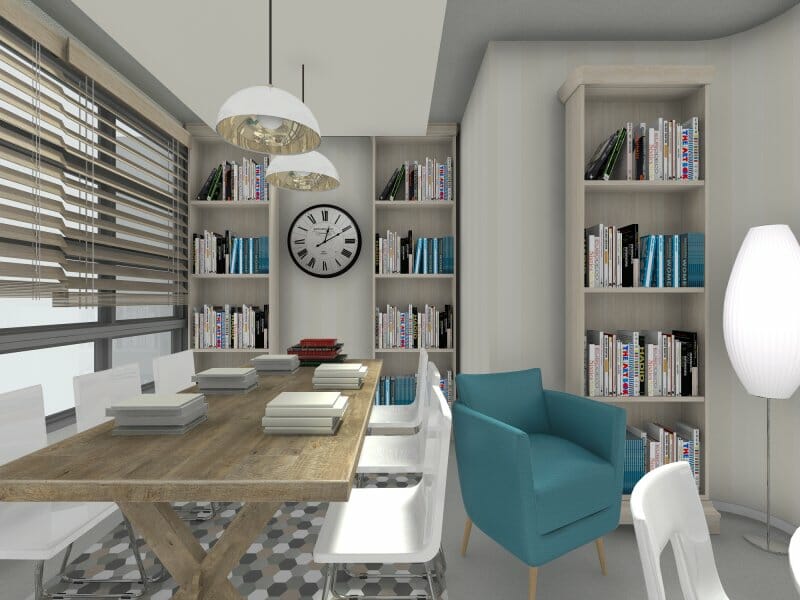
Top RoomSketcher Tip
An inspiring environment is key to productivity, so pay attention to the room's color palette and accessories. Consider framing an inspirational quote that will motivate you when the going gets tough.
36. Wine Cellar
If you appreciate fine wine, a room or storage area designed to store and age your bottles could be a must-have. Underground cellars naturally provide excellent conditions for preserving wine: they're dark, cool, humid, and vibration free. Bottles are best stored on their sides so their corks don't dry out, so consider the number of shelves you need to accommodate and expand your collection.
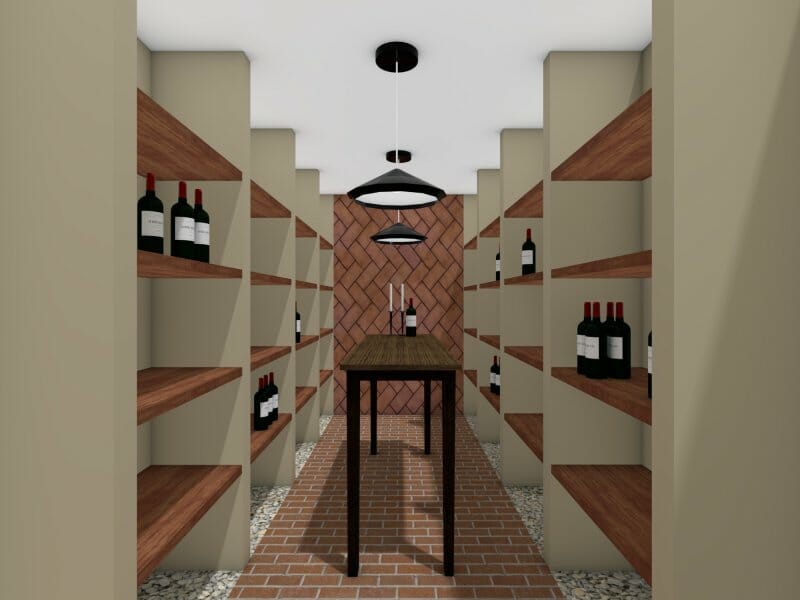
37. Wine Storage Room
Creating a temperature-controlled wine room to store and display your wine collection is a show-stopping alternative to an underground cellar. You may want to create wine storage in a dedicated room, but options also include under-the-stairs wine storage units that take advantage of unused space, as well as a temperature-controlled wine cabinet in your dining room or kitchen.
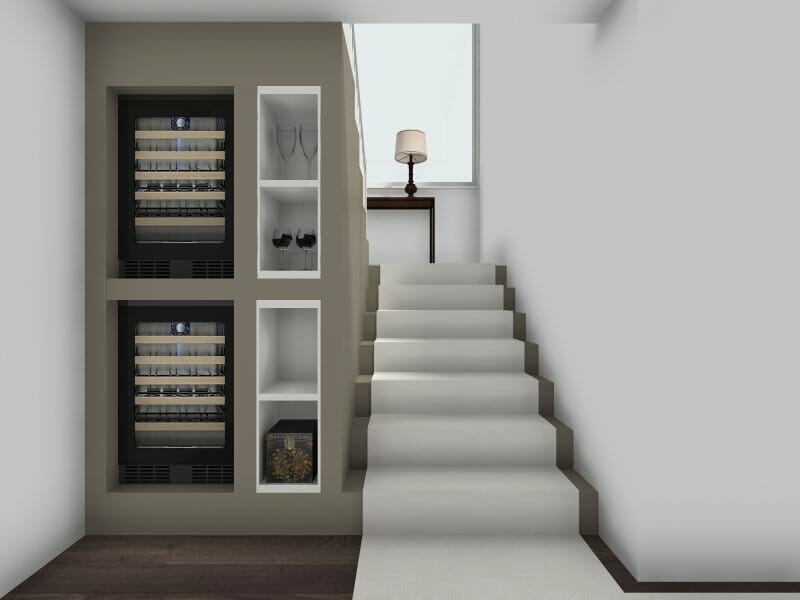
38. Wine Tasting Room
If you enjoy visiting wineries, you might be inspired to create a room specifically designed for wine tasting and entertaining guests. It's often part of a wine cellar or wine storage room and should include tables and comfortable seating. Wine barrels are perfect for small tables and can be topped with glass to make them wider.

39. Home Bar
If you like to entertain, create a home bar in a dining room or living room nook, under the stairs, or in the basement. If it's part of an open space, use color, wallpaper, backsplash, or other wall treatments to define the space clearly.
An island and stools invite guests to gather around as you show off your cocktail-making skills. Consider adding a wine or bar fridge and sink. Open shelves allow you to display your collection, while closed storage helps keep accessories organized.

40. Pet Room
A room designed to accommodate your four-pawed family members, complete with sleeping areas, litter boxes, pet food, toys, and perhaps even a pet washing station, can help keep your home clean while giving them a welcome and safe sanctuary. When planning the room, consider the number and size of your pets. Hooks are handy for leashes, while shelves can be used to store food containers.
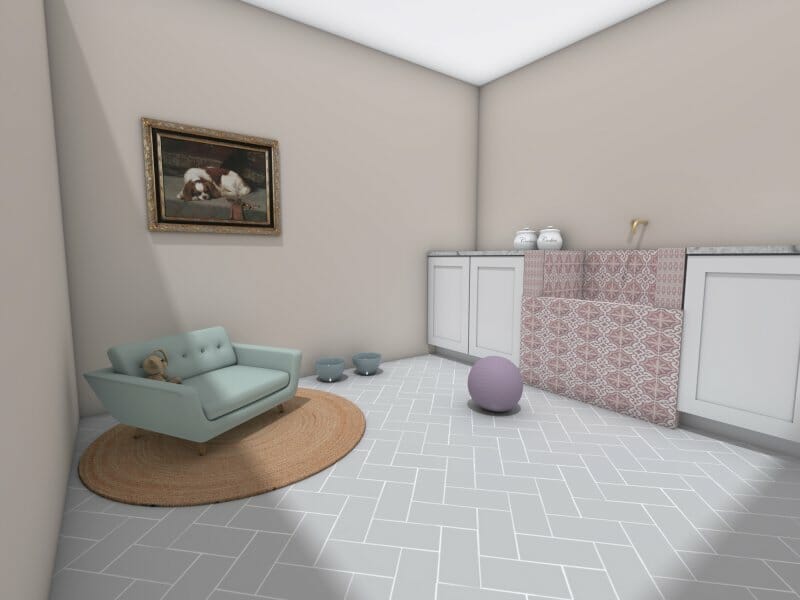
41. Safe Room
A secure, fortified room designed for personal safety and protection during emergencies, such as a home invasion or tornado, can give you and your family valuable peace of mind. Choose a room that's easily accessible and easily secured.

42. Conservatory
This room is made primarily of glass and is typically used for growing plants and relaxation. Whether you opt for a traditional or contemporary-styled conservatory, it will help bring the outdoors in. Thanks to new technology and engineering, it can also be used comfortably all year round for a variety of purposes, such as a home office, reading space, or breakfast nook.
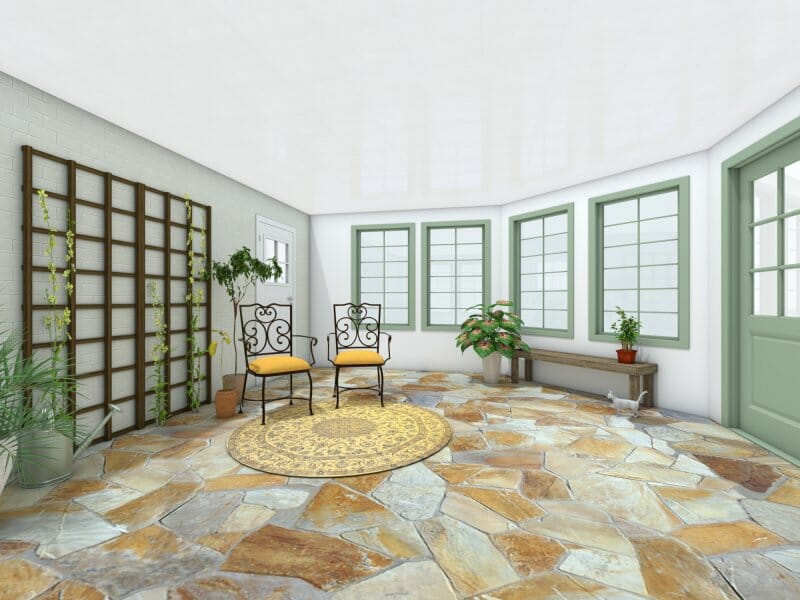
43. Observatory
If you're an amateur astronomer, building a room or rooftop platform to house your telescopes and astronomical equipment for stargazing may sound out of this world, but it's certainly not impossible.

44. Sunroom
Large windows or glass walls bridge the gap between indoors and out. Insulation, heating, durable flooring, and UV-resistant furniture will help extend your living space year-round. Arrange furniture to face the windows and take advantage of rewarding views. When decorating, you might want to take inspiration from the outdoors.
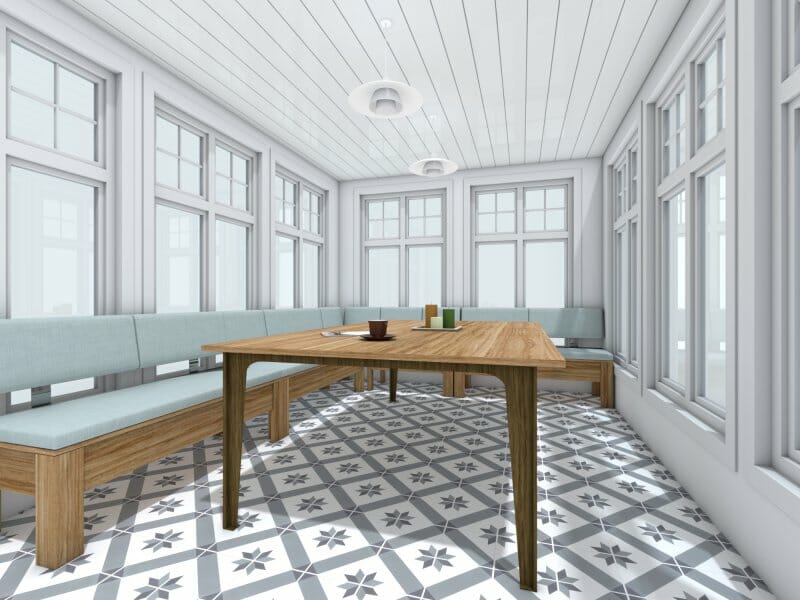
45. Loft
A loft is an upper room or story in a home that's used primarily for storage. A loft conversion can expand your home's living space by making room for whatever type of space you need, such as an additional bedroom or home office. It can also create soaring double-height ceilings. Research building permit requirements and pay attention to the location of stairs when planning your conversion.
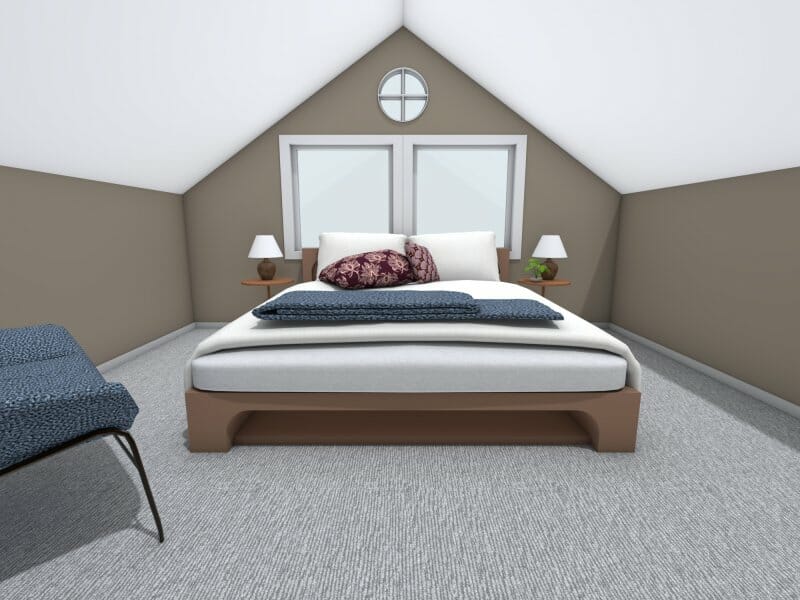
46. Attic
Like a loft, the attic is an uppermost space or room that's often used for storage. An attic typically makes up an entire floor of a house, while a loft covers just a few rooms and typically leaves one or more sides open to the lower floor.
The attic can be transformed to meet your needs because it's separate from the rest of the house. A primary or guest suite, perhaps? Research building permit requirements and come up with creative solutions to slanted or low ceilings.

47. Storage Room
Adding storage to every room in your home is always a great idea, but a dedicated storage room for things like seasonal clothing, decorations, and sports equipment is a bonus. Make a list of the items you want to store in the space and the best way to store them: behind closed doors, on open shelves, on wall hooks, or in baskets or drawers.
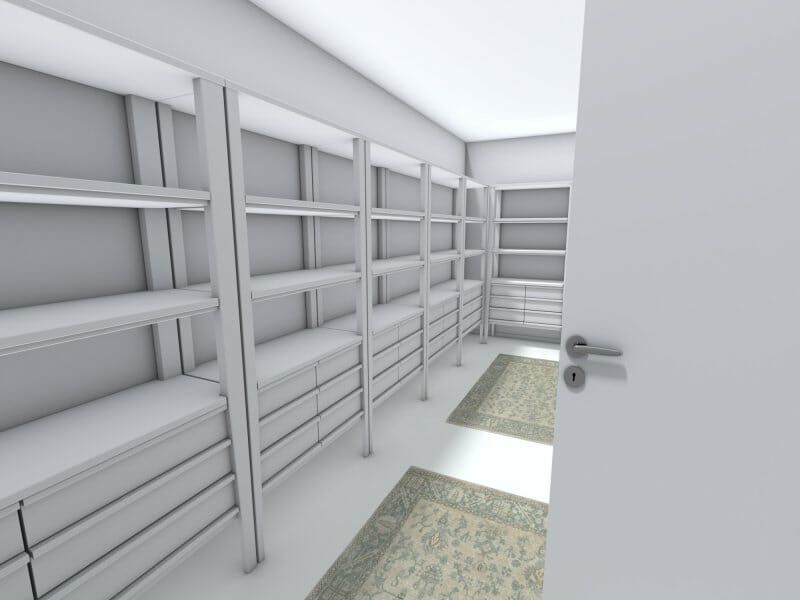
48. Utility/Mechanical Room
This room houses essential services and equipment such as a water heater; heating, ventilation, and air conditioning systems; and electrical panels. It's typically situated on the garage side of the house or exterior side yard. Keep it clutter-free so you can easily access it.
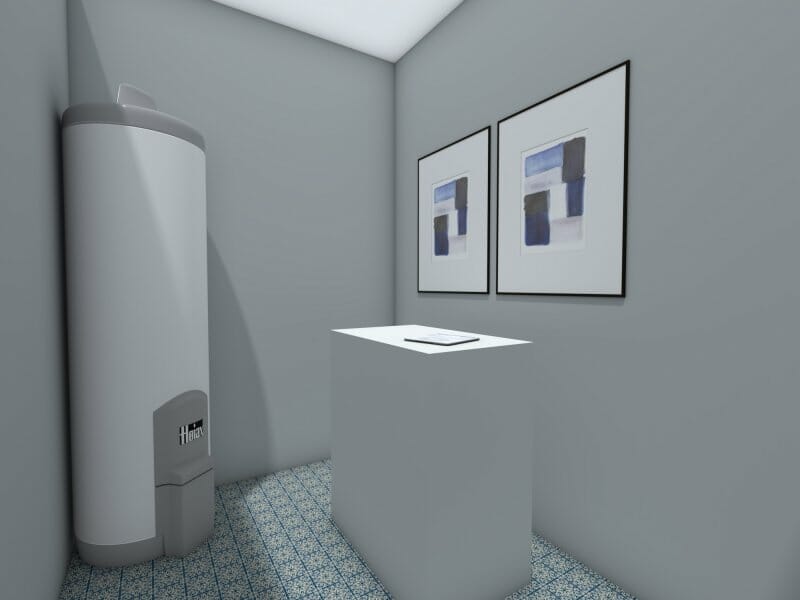
49. Basement
This lower-level room or space is often used for storage or as a recreational area. Tap into its potential by deciding which rooms you'd like to create. Options include a playroom, media room, games room, home office, gym, crafts room, and extra bathroom.
Divide the space accordingly, creating sufficient lighting, warmth, and storage. Make it a fun and welcoming space through your decor choices.

50. Cellar
A cellar is an enclosed space below ground that's most often used as a storage area. The room is often referred to as a 'cold cellar' or 'root cellar' and can be fitted with wooden shelves and bins, which are naturally antibacterial, to store things like root vegetables. Make sure fresh air can get in, stale air can get out, and air can circulate around the produce. Seal it tightly to reduce the risk of mold.
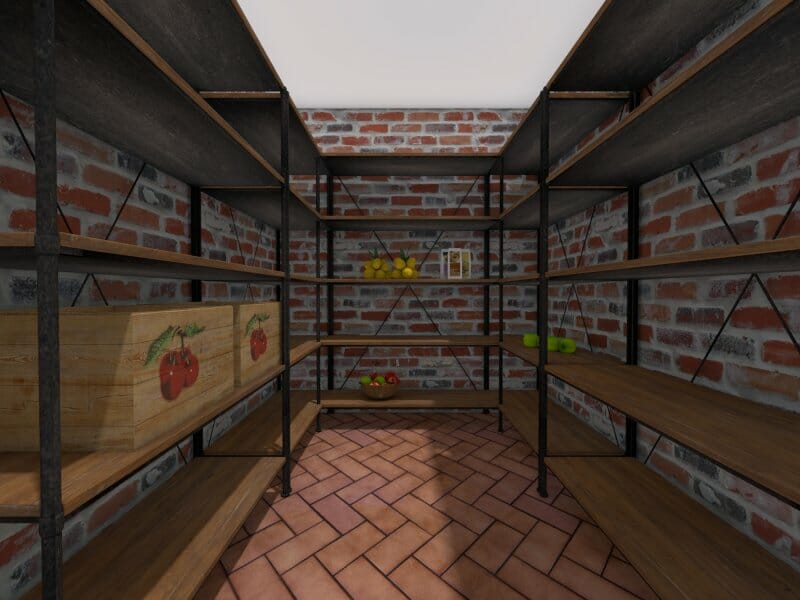
51. Den
A den is a small, informal, and multifunctional room, such as a library, study, retreat, or guest bedroom. Some people use the term to describe a modern ‘man cave’ – a space to play cards, watch sports and listen to music. Because dens are typically associated with privacy, comfort, and coziness often trump aesthetics, pay attention to features and designs that make you feel grounded, such as comfortable seating, an entertainment center, shelving, and lighting.
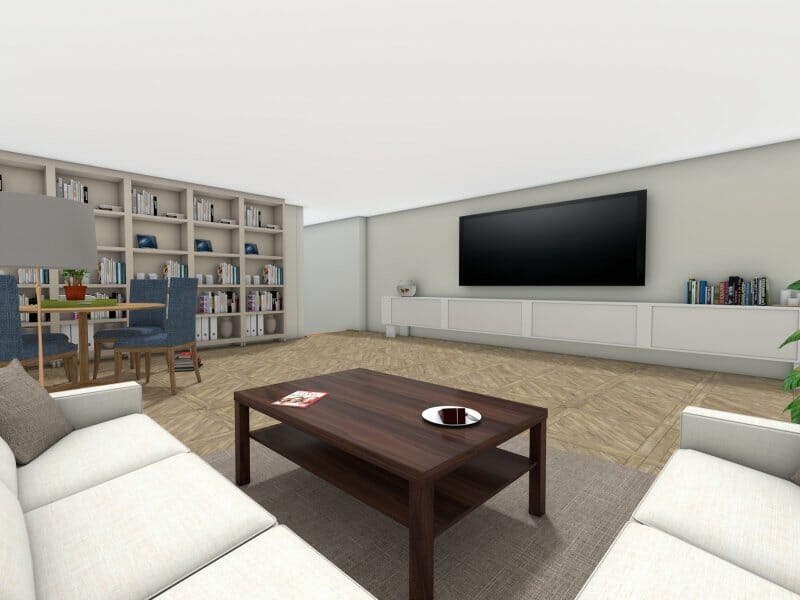
52. Garage
This is a space to park vehicles and store tools and equipment. Keep clutter in check by creating a functional layout. Invest in strong metal shelves to hold clear and labeled bins. Install overhead shelving to maximize vertical space for things like seasonal tires as well as a slatwall that can accommodate shelves, hooks, and storage bins for things like garden tools, basketballs, and more.

53. Workshop
This space is used to store tools and equipment for DIY projects, maintenance, and repairs. If you use it mainly to store tools for repairs and maintenance, a workshop in your basement with plenty of pegboards to hang tools and a bench for small tasks may suffice.
If you're a woodworker with machines and need workbenches, a freestanding outbuilding might be a better option and will help keep sawdust at bay. Plenty of light and proper ventilation is key to safety.

54. Bonus Room
This room — sometimes called a flex room — is an additional space in a home that's not considered a traditional space, such as a bedroom or living area. Depending on your needs and its size and location, bonus rooms in a house can serve many different purposes, such as a home office, gym, or art studio.
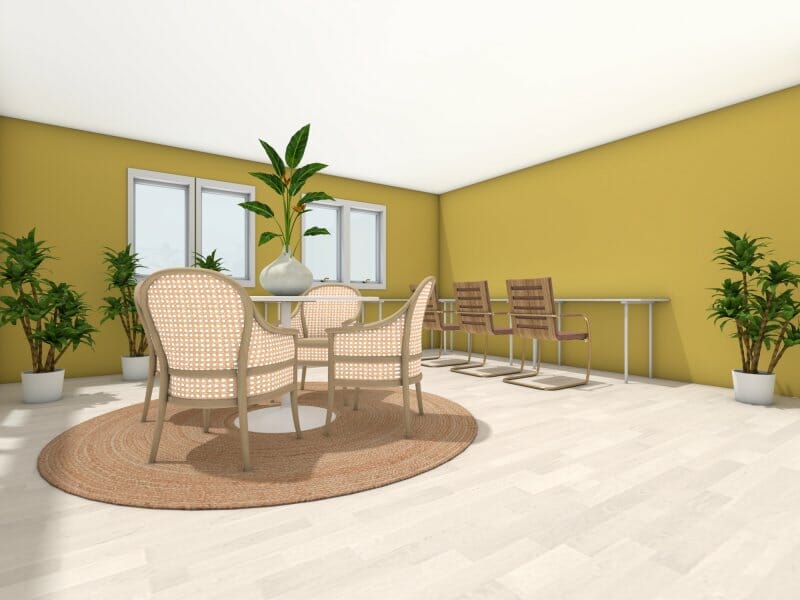
Design Your Rooms With RoomSketcher
By exploring the rooms in a house that make a home, you can transform your living environment into a haven that truly reflects your unique style and caters to your needs.
Whether you're envisioning a cozy reading nook, a sleek home office, or a luxurious spa-like bathroom, let your imagination soar. Bring your ideas to life, consider using the RoomSketcher App, a powerful tool that allows you to design and visualize these rooms easily.
Don't forget to share this post!
Recommended Reads
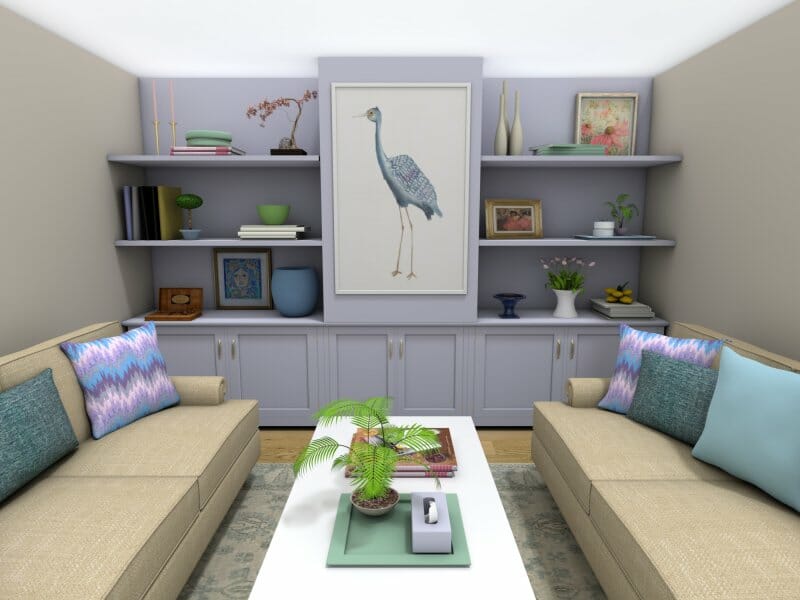
Interior Design Trends for 2024 Begin With Color
We give you the top interior design trends for 2022 directly from experts in the industry.
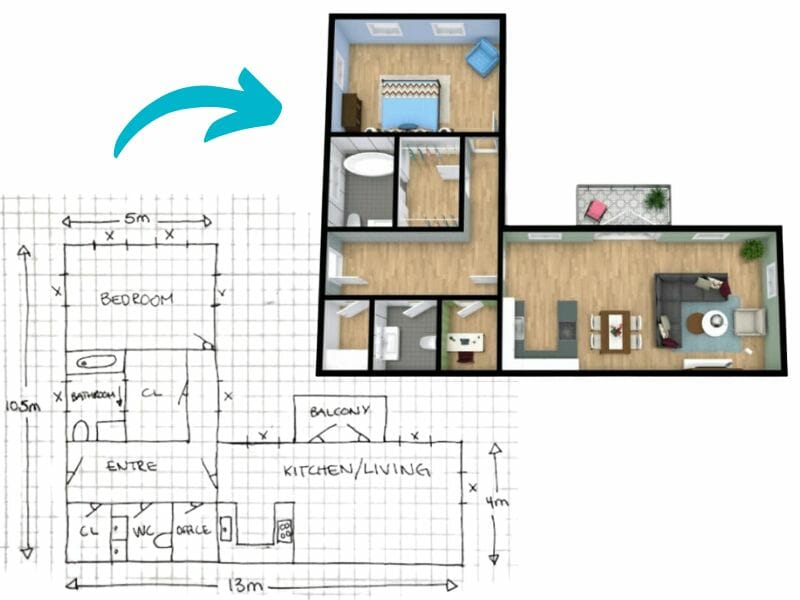
From Sketch to Reality: How to Design a House You'll Love
We give you useful steps on how to design a house yourself. Discover the key steps to designing a house that perfectly fits your needs.
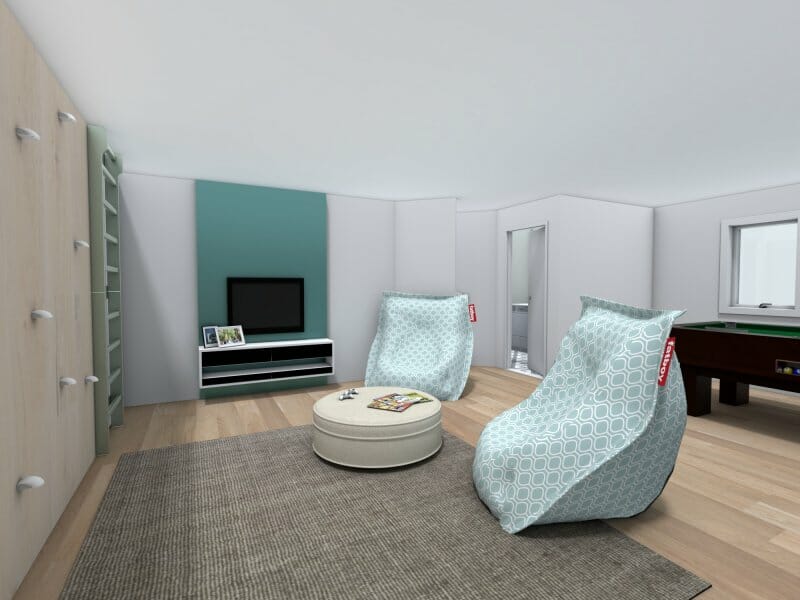
How to Create a Great Living Space for a Finished Basement Layout
As a professional home remodeler, a finished basement provides an exciting blank canvas and the ideal opportunity to demonstrate your design skills.
